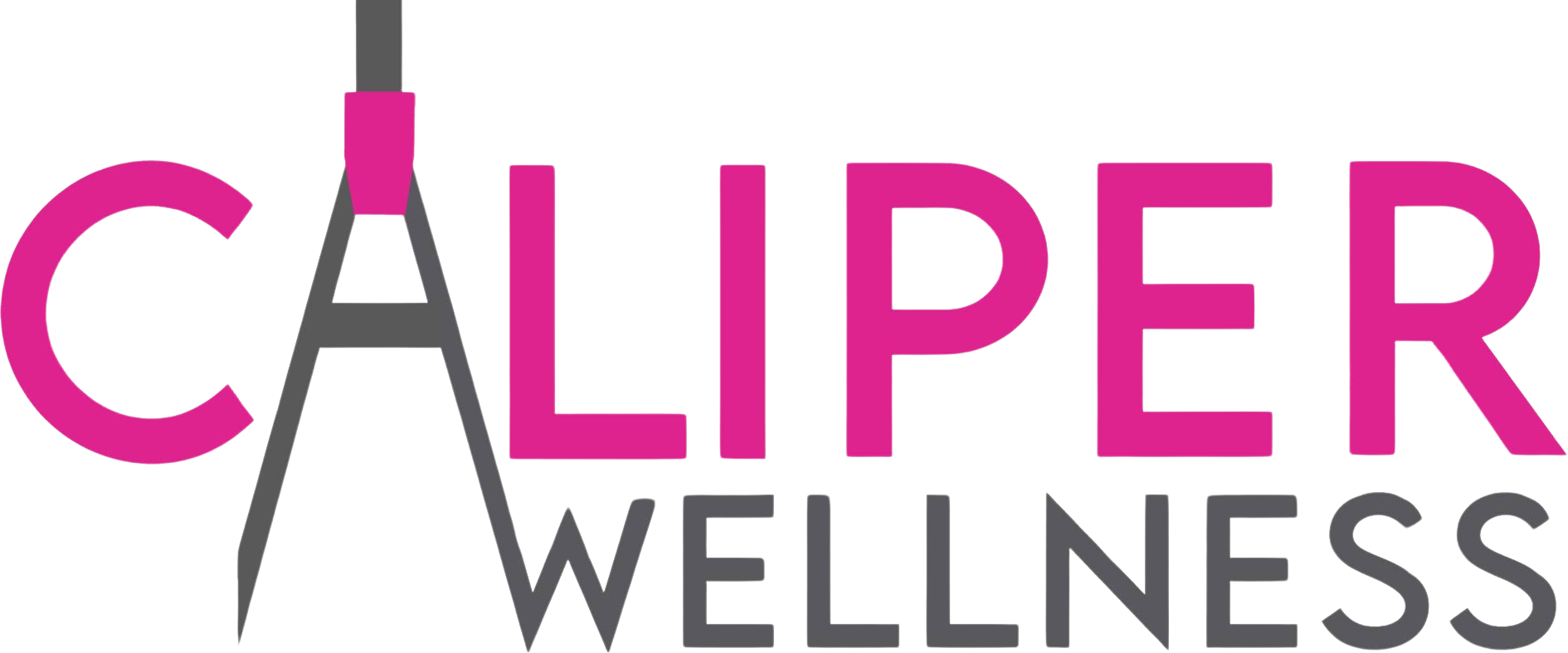By: Andrew J Hewitt, PMHNP-BC
Abstract
Physical activity is more than a path to physical fitness—it is a powerful intervention for mental wellness. Grounded in DSM-5 principles and contemporary evidence, this paper explores how aerobic, resistance, mind-body, and combined exercise modalities positively impact mood, anxiety, cognition, and quality of life across diverse populations. Drawing from meta-analyses published between 2022 and 2025, it outlines clinical guidelines for optimal exercise dosing, offers practical recommendations for healthcare professionals, and discusses implications for PMHNP-led treatment plans.
Introduction
Within a holistic, patient-centered framework, psychiatric mental health nurse practitioners (PMHNP-BCs) recognize physical exercise as far more than a lifestyle enhancement—it is a clinically validated intervention. The Diagnostic and Statistical Manual of Mental Disorders, Fifth Edition (DSM-5; American Psychiatric Association [APA], 2013) underscores the role of lifestyle and biological factors in conditions like Major Depressive Disorder and Generalized Anxiety Disorder. Contemporary research affirms that structured exercise yields meaningful benefits for these disorders (Wang et al., 2023; Noetel et al., 2024). This paper reviews recent evidence to guide clinicians in integrating exercise into treatment plans, aligning with Caliper Wellness’s philosophy of empathic, whole-person support.
Literature Review
Exercise & Depression
A 2023 meta-analysis of 41 randomized controlled trials found that aerobic or resistance exercise produces large reductions in depressive symptoms (SMD = -0.946; Noetel et al., 2023). Similarly, a 2022 meta-analysis focused on adolescents showed moderate to large improvements (SMD ≈ -0.64) with aerobic or combined workouts performed four times weekly for six to eight weeks. Resistance training among older adults yielded comparable results for depression (mean ES = -0.94) and anxiety (mean ES = -1.33). These findings align with a 2024 network meta-analysis that confirmed consistent antidepressant effects across exercise types, with aerobic exercise typically producing the strongest impact.
Exercise & Anxiety
A 2023 meta-analysis examining college-aged individuals found large reductions in anxiety (d = -0.83), especially with mind-body exercises (e.g., yoga, tai chi) practiced three times per week for approximately 50 minutes over eight weeks. Resistance training has also been shown to reduce anxiety and depressive symptoms in older adults with mental health diagnoses (ES = -1.33 for anxiety, -0.94 for depression).
Exercise & Cognition
Among individuals with Major Depressive Disorder, adults engaging in moderate to vigorous aerobic exercise three times weekly demonstrated significant cognitive gains—particularly in memory (g = 0.25) and executive functioning—during interventions lasting 12 weeks or less. For individuals with serious mental illness (SMI), chronic exercise produced large effect sizes for reasoning and problem-solving, with moderate improvements in overall executive functioning.
Acute vs. Chronic Effects
Meta-analyses conducted during the COVID-19 pandemic era demonstrated that even single sessions (30–40 minutes), performed three to five times per week, had immediate and sustained benefits on anxiety (SMD = -0.81) and depression (SMD = -1.02), particularly among middle-aged adults. Longitudinal cohort studies also showed that 150 minutes per week of moderate-to-vigorous activity reduced the risk of developing depression by approximately 20% and anxiety by 26%.
Theoretical Framework
DSM-5 Foundations
Although the DSM-5 (APA, 2013) does not list exercise as a formal treatment, it emphasizes the importance of lifestyle factors in the management of mood and anxiety disorders. Structured behavioral changes—including physical activity—align with treatment recommendations for Major Depressive and Anxiety Disorders.
Neurobiological and Psychosocial Pathways
Biological mechanisms include improved neuroplasticity via increased brain-derived neurotrophic factor (BDNF), modulation of the hypothalamic-pituitary-adrenal (HPA) axis, and enhanced neurogenesis. Exercise also reduces cortisol and inflammation while increasing monoamine neurotransmitters such as serotonin and dopamine. Psychosocial benefits include improved self-efficacy, enhanced social connection through group activities, better sleep, and stress reduction—all critical domains impacted in DSM-5 mood and anxiety criteria.
Clinical Guidelines
Depression (Adults): Meta-analyses recommend moderate-intensity, supervised aerobic or resistance sessions at least three times per week, totaling over 150 minutes weekly, for 3–8 weeks (SMD ≈ -0.76 to -0.95).
Adolescents: Aerobic sessions of 30 minutes, four times weekly for six weeks, show SMD ≈ -0.57.
Anxiety: Mind-body exercises (e.g., yoga, tai chi) for 50 minutes, three times weekly for eight weeks, yield an effect size of approximately -0.83.
Cognition (MDD): Interventions under 12 weeks with aerobic sessions less than 45 minutes, three times weekly, produce small to moderate cognitive gains (g = 0.21).
Types of Workouts
- Aerobic Exercise: Walking, jogging, cycling—accessible and consistently effective.
- Resistance Training: Especially beneficial for mood, anxiety, and cognition in both older and younger adults.
- Mind-Body Modalities: Yoga, tai chi, and qigong show strong results for anxiety and cognitive health.
- Combined Regimens: Offer broad benefits and support long-term adherence.
Single Session Effects
Acute psychological benefits can appear after just one 30–40-minute session, offering immediate mood and anxiety relief.
Implications for PMHNP-BC Practice
Integrating Exercise into Treatment Plans
- Assessment & Psychoeducation: Include exercise history during intake and educate patients on its evidence-based mental health benefits.
- Collaborative Goal-Setting: Help patients choose preferred activities and aim for >150 minutes per week.
- Monitoring & Support: Use motivational interviewing, screen for physical limitations, and provide ongoing encouragement.
- Multi-Modal Integration: Combine exercise with pharmacotherapy and psychotherapy to maximize results without additional side effects.
Target Populations
- Mild-to-Moderate Depression: Exercise is a first-line intervention supported by major guidelines.
- Generalized Anxiety & PTSD: Aerobic and mind-body modalities offer strong adjunctive benefits.
- Serious Mental Illness: Cognitive improvements are evident in conditions like schizophrenia and bipolar disorder.
- Substance Use Disorders: Exercise helps prevent relapse and aligns with Caliper Wellness’s recovery protocols.
Practical Case Illustration
John, a 45-year-old male with recurrent depression, anxiety, and obesity:
- Start with walking or light jogging (3 sessions of 30 minutes per week)
- Add one weekly yoga session for mindfulness
- Gradually introduce resistance training twice weekly to reach 150 minutes total
- Monitor progress during therapy and medication check-ins, tracking PHQ-9 and GAD-7 scores
Over eight weeks, John can expect a 4–6 point reduction in PHQ-9 and GAD-7 scores, along with cognitive and sleep improvements.
Limitations & Future Directions
Study design heterogeneity and variability in exercise modalities pose challenges for clinical integration. Long-term adherence data remain limited, and further research is needed on personalized exercise prescriptions. Early dose-response models suggest optimal benefits at 320–860 MET-minutes per week.
Conclusion
Exercise functions as a multi-dimensional intervention—biological, cognitive, emotional, and social. For PMHNP-BCs, embedding structured physical activity into care plans reflects Caliper Wellness’s values of empathy, whole-person care, and evidence-based practice. By prescribing movement, clinicians support resilience-building and long-term recovery in patients’ daily lives.
Learn More: Caliperwellness.com

